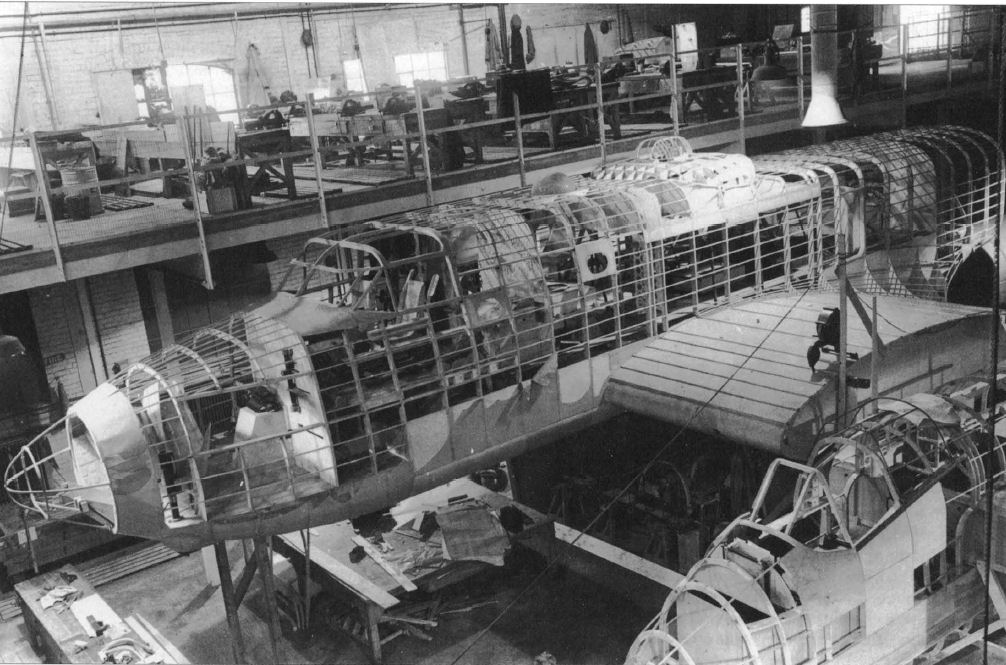Bristol Type 159
The Bristol Type 159 was a British design for a four-engined heavy bomber. A mockup was built but the project was cancelled and no aircraft were built.
In March 1939 the British Air Ministry issued specification B.1/39 for a heavy bomber to replace the Avro Manchester, Short Stirling and Handley Page Halifax. Bristol had submitted the Type 159, sometimes known as the Beaubomber which was a low-wing monoplane with a twin tail, using mainly components used by the Bristol Beaufort. It had a nose wheel landing gear with the entire 15,000 lb bomb-load stored inside the inner wing. Four Hercules engines were the proposed engines with the ability to interchange with Rolls-Royce Griffons. The crew, apart from the bomb aimer, would be housed in an armoured monocoque structure with both a dorsal and a ventral gun turret.
The Type 159 and the Handley Page HP.60 design, a variant of the Halifax, were selected and the intention was to order two prototypes of each for evaluation. A full-scale mockup was ready by early 1940.
It was intended to build a half-scale aircraft for flight testing but with the Ministry of Aircraft Production (MAP) concentrating on the production of fighters, further work on the project was stopped and the mockup dismantled in May 1940.


